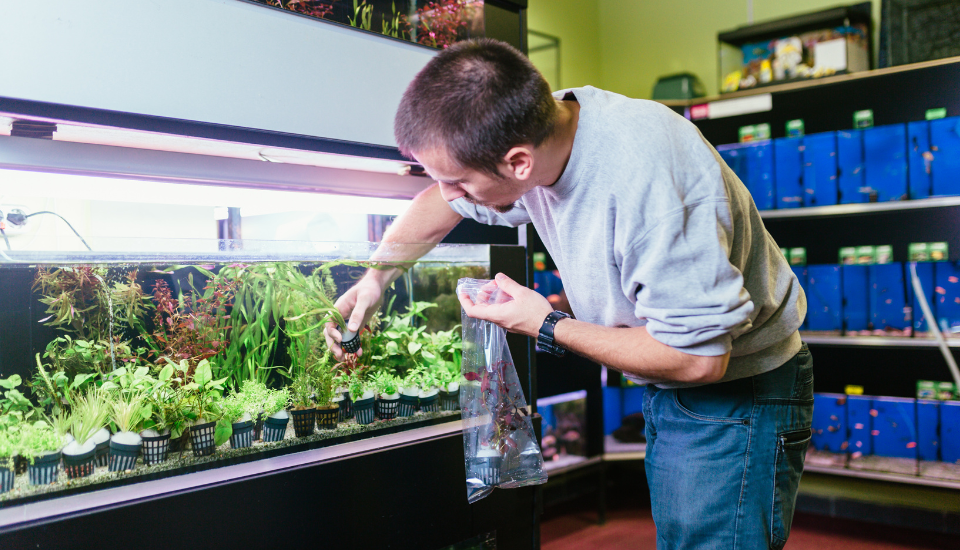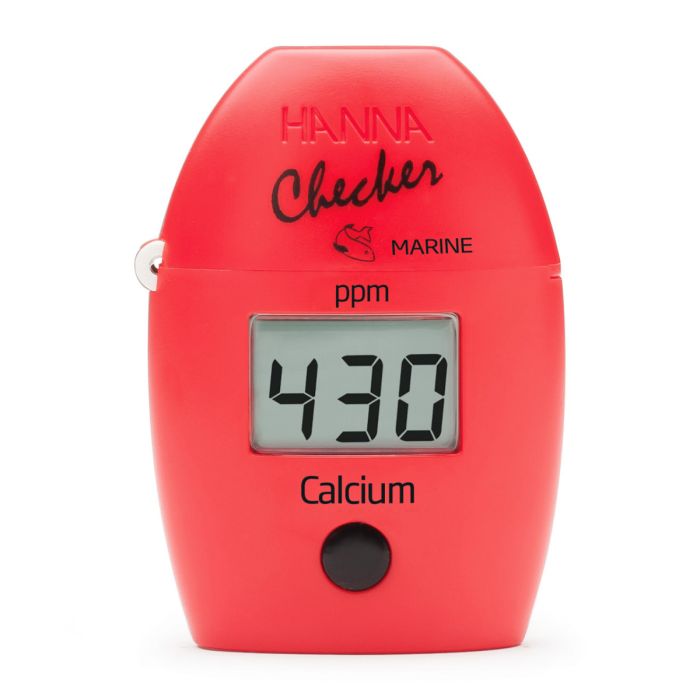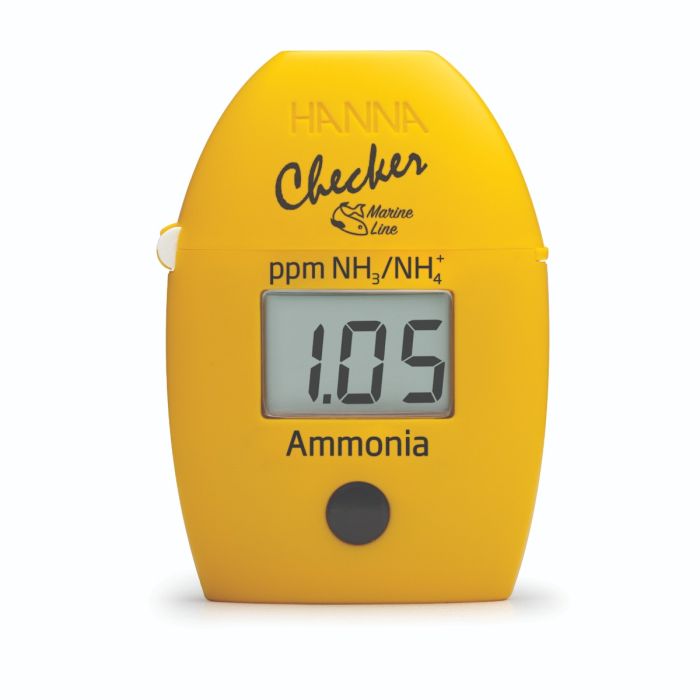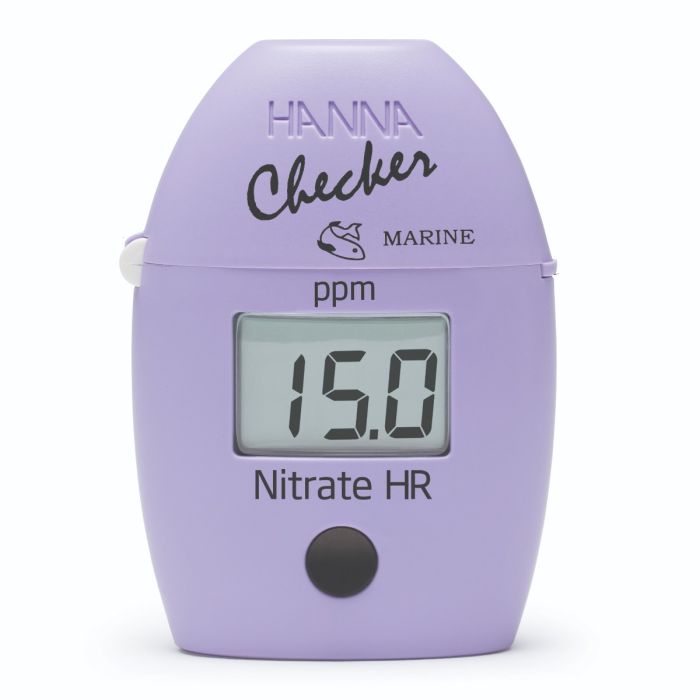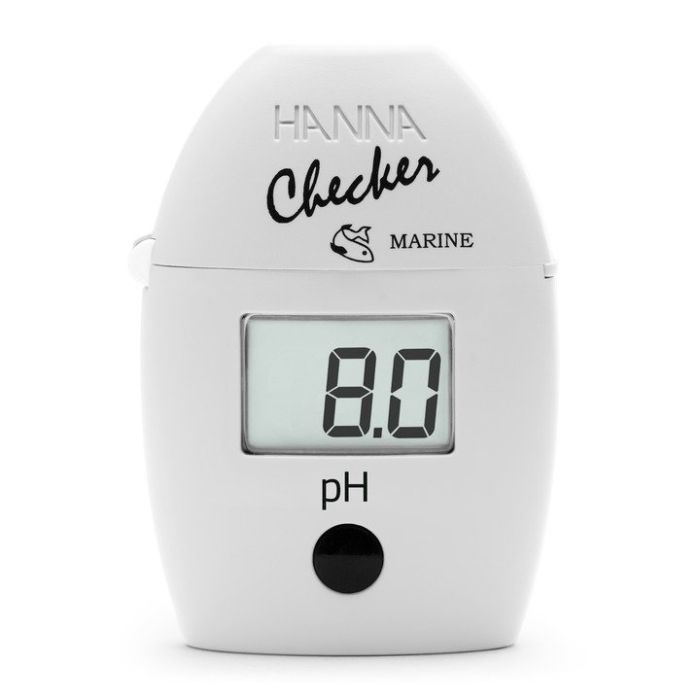Aquariums are a great way to bring a bit of life into your home. But, as with any living system, aquariums require regular maintenance to keep them healthy and happy. One of the most important aspects of a thriving aquarium is testing the quality of the water.
Testing the water in your aquarium is key to maintaining a healthy environment for your fish and plants. By regularly monitoring the water parameters, you can detect potential issues before they become serious and take the necessary actions to prevent any further harm.
The frequency of testing your aquarium water usually depends on the size of your tank, the amount of fish and plants, and the type of filtration system you have. As a general rule of thumb, you should try to test your water around once a week, but more frequent testing is suggested for larger tanks or when introducing new fish or plant life.
There are several key parameters you should test for, including pH, ammonia, nitrite, and nitrate. These parameters are important for ensuring that your aquarium is adequately balanced and safe for your fish.
The pH level of your aquarium will ideally be between 6.5 and 7.5, which is the perfect range for most freshwater life. If the pH level is too high or too low, it can cause stress to your fish and inhibit plant growth.
Ammonia and nitrite are toxic substances that are produced by fish waste and decomposing organic matter in your aquarium. These substances can prove dangerous to your fish and plants if they accumulate to high enough levels. Nitrate is a byproduct of the nitrogen cycle and is not as harmful as ammonia and nitrite, but high levels can still be dangerous to your aquatic pets.
To test your aquarium water, you can use a water testing kit that measures the various parameters. Follow the instructions carefully and record the results in a logbook to track any potential changes over time.
There are several tools that you can use to test the water in your aquarium, including:
1. Salinity Tester: These have been specifically developed for assessing saltwater aquariums. It is capable of presenting the test results in parts per thousand (ppt), Practical Salinity Units (PSU), or specific gravity (S.G.). With its waterproof design, this tester employs an amperometric conductivity probe to accurately determine the concentration of salt in the water.
2. Liquid Test Kit: These are more accurate than test strips and can give more detailed information about your aquarium’s water quality. You add a few drops of the testing solution to a sample of water and compare the colour to a chart to determine the levels of various parameters.
3. pH Test Kit: This kit is specifically designed to measure the pH level of your aquarium water. It usually also comes with a colour chart that allows you to match the colour of the water sample to the corresponding pH level.
4. Electronic Testers: These are the most advanced tools for testing aquarium water. They use digital sensors to measure the levels of parameters and provide accurate readings quickly.
Testing the water in your aquarium is an essential part of maintaining a healthy and thriving environment. By testing your water regularly and monitoring parameters, you can detect and prevent potential problems before they become serious. So, make sure to test your aquarium water and be a responsible aquarium and pet owner.
